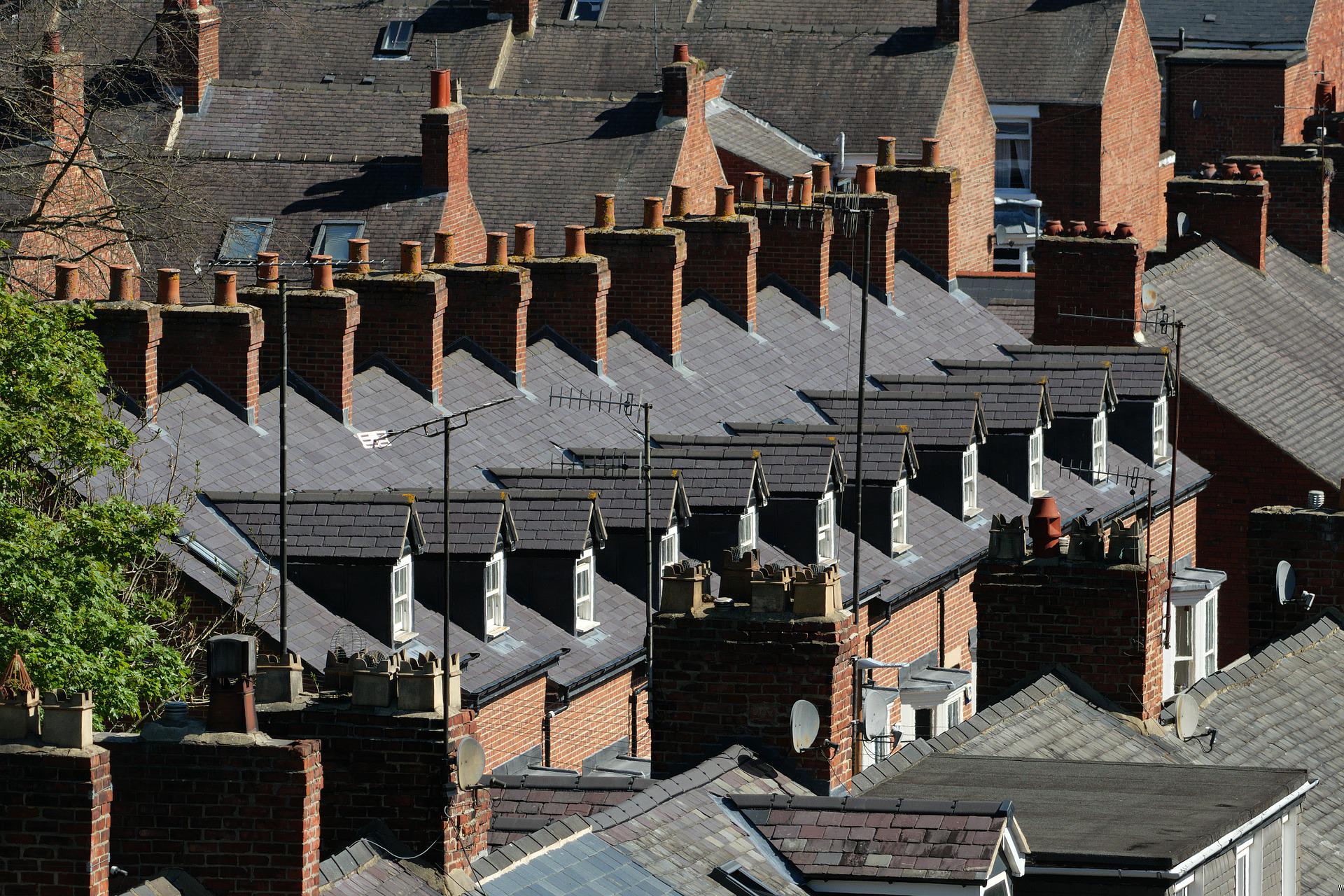Buying a property means that you must stay on top of a few key tasks to stay compliant and to ensure the home you are selling is as expected. A house survey is an important part of the selling process but there are certain things to be aware of when looking at the results. Being on top of this is particularly important if you want to sell your house fast.
In the following article, we take a look at the common issues that arise so you can be prepared for the worse, and know what to do should they arise.
What is a house survey?
A house survey is a thorough examination of a property that identifies issues with a home or potential issues before the purchase takes place. Structural surveyors are employed to make sure the property is fit for purpose and makes a note of problems that a buyer should know about. There are three main types of a house survey ranging from RICS Level 1 to a RICS Level 3 survey.
Firstly, there is a Condition report (level 1). This is a basic survey that shows whether any structural issues will need urgent attention or legal issues that could impact the sale.
Then, there is a Homebuyer’s report (level 2). This is the same as the condition report, but it also makes suggestions on repair and maintenance, plus gives a valuation based on the findings.
A Building Survey (level 3) is the most in-depth.
House surveys are an important part of the buying process – and when someone is spending thousands on a property, you can see why.
The difference between a homebuyer’s report and a building survey
The main difference between these two types of report is that a building survey is the most in-depth.
A homebuyer’s report will still look at visible defects, give advice on repairs and look at common issues such as dampness, cracks in the walls, electrical issues, and subsidence among others.
However, a building survey is best for older properties, renovations, or houses made with unusual materials, because it will provide you with more information, which is invaluable in these circumstances. A building survey doesn’t give a market valuation but it does look at whether it is structurally sound, and will cost more as a result. This can help identify costly issues that may arise further down the line.
House survey checklist: everything surveyors look for when completing a homebuyer’s survey
Damp
Damp is one of the most common issues that surveyors look for. As water makes its way into a home, it can cause structural damage and may have been there for quite some time, worsening the issues. If water is making its way in through the roof, walls, or even floors, it can cause costly problems.
If your house survey shows signs of damp, get the advice of a specialist. They can analyse how bad it is, give advice on repairs, and give a quote if necessary.
The roof
This is another common issue, but since the roof protects your property in the event of rain or a storm, it is a vital one. A damaged roof is one of the costlier repairs but it can be as simple as repairing or replacing a couple of damaged tiles. Blocked guttering can also cause damage.
Professional advice is vital when it comes to potential roof damage.
Asbestos
Although it was once known for its durability, asbestos is now a banned material (most varieties were banned in 1999). Again, talk to a specialist if the house survey finds asbestos because if it cannot be contained safely, it may need to be removed.
This can prove costly so it is best to get a quote to understand how it has been applied, as this will give an indication of the cost of removal.
Structural movement
This aspect of the survey determines whether a wall, roof, or floor is at risk of collapsing. Structural movement can start with a crack or signs of damage to the structure of a property. Still, small cracks are often common, completely natural, and are not a serious concern in most instances.
It is best to seek the advice of an expert if the report highlights structural movement as they will recommend how to monitor and deal with the area in question.
Invasive plants
Japanese knotweed is not a good sign, but more common than you might think. It is extremely difficult to get rid of and many mortgage providers will be hesitant to give a mortgage when it is present, with some refusing to give a mortgage altogether. A specialist is a must when invasive plants are concerned and can save you from a serious headache further down the line.
Electrical safety
Look for adequate test certificates for electrical appliances. The electrics in the property need to be tested every 10 years to ensure they are compliant. The survey will identify issues big and small but could also tell if the electrics need a complete overhaul.
Urgent issues will mean an Electrical Installation Condition report is required.
Windows
The condition of the windows is another area that a house survey will look at. Good windows insulate your home and reduce energy bills.
A survey will tell you if windows need repairing, replacing, or just updating. Wooden window frames may need some attention, and so will windows that do not close properly – a sign of structural movement.
Cavity wall tiles
Cavity wall tiles are small pins that keep two layers of a cavity wall together, making a wall structurally sound. When they are compromised, damaged, or do not exist, the structure of the property could become an issue.
Most buildings built after the 1920s are made with cavity wall ties, but not all. Some built before 1978 were made with galvanised mild steel which has proved to be less useful than it was once thought.
Enlist the help of an expert to look at the wall ties to save time and money on potential repairs in the future.
Drainage
Drainage is vital for the structure and safety of a home. Faulty drainpipes can mean water cannot move away from the property as it should, and therefore causes dampness and rotting. The quality of the drainage will be considered on a house survey so a buyer can tell if there are going to be any costly repairs or potential damage.
Insulation
A house survey will give a buyer an idea as to how well a property is insulated, and look at whether more work is needed. All homes should have insulation to reduce energy bills, which also makes a property better for the environment. Most homes have an Energy Performance Certificate to outline how effective the thermal performance of the property is.
What to do if you think your home will fail the homebuyers survey
Although it is not technically possible to ‘fail’ a homebuyer’s survey, it is possible for the survey to identify extensive and costly issues. These may provide cause for concern since some mortgage lenders will not offer a mortgage if they are particularly bad. For example, invasive plants may be too prominent or the roof may need a lot of costly work.
If you think your homebuyer’s survey will identify big issues, then speak to an expert in the area you are concerned about, so you can be prepared. This will give you an indication of the cost involved, so when it comes to repair work, you are not left with any unwanted surprises, and can consider affordability.


















